The Interplay of Empathy, Egotism, and Altruism in Kafka and Wilde
VerifiedAdded on 2022/10/12
|5
|1016
|11
Essay
AI Summary
This essay examines the intricate relationship between egotism, altruism, and empathy as portrayed in Franz Kafka's "A Hunger Artist" and Oscar Wilde's "The Nightingale and the Rose." The essay argues that while Wilde's story explicitly showcases empathy through the Nightingale, Kafka's work primarily highlights egotism, with the artist's self-obsession overshadowing any potential for altruistic behavior. The analysis delves into how each author utilizes character development and narrative techniques to explore these complex human traits. It contrasts the empathetic portrayal of the Nightingale with the self-centered nature of human characters in Wilde's story, and contrasts it with the self-absorbed artist in Kafka's work. The conclusion suggests that human actions are often driven by self-interest, whereas animals and other entities may represent empathy and selfless acts. The essay employs a comparative approach to highlight the contrasting perspectives of both authors, providing a deeper understanding of the themes of egotism, altruism, and empathy in literature.
1 out of 5
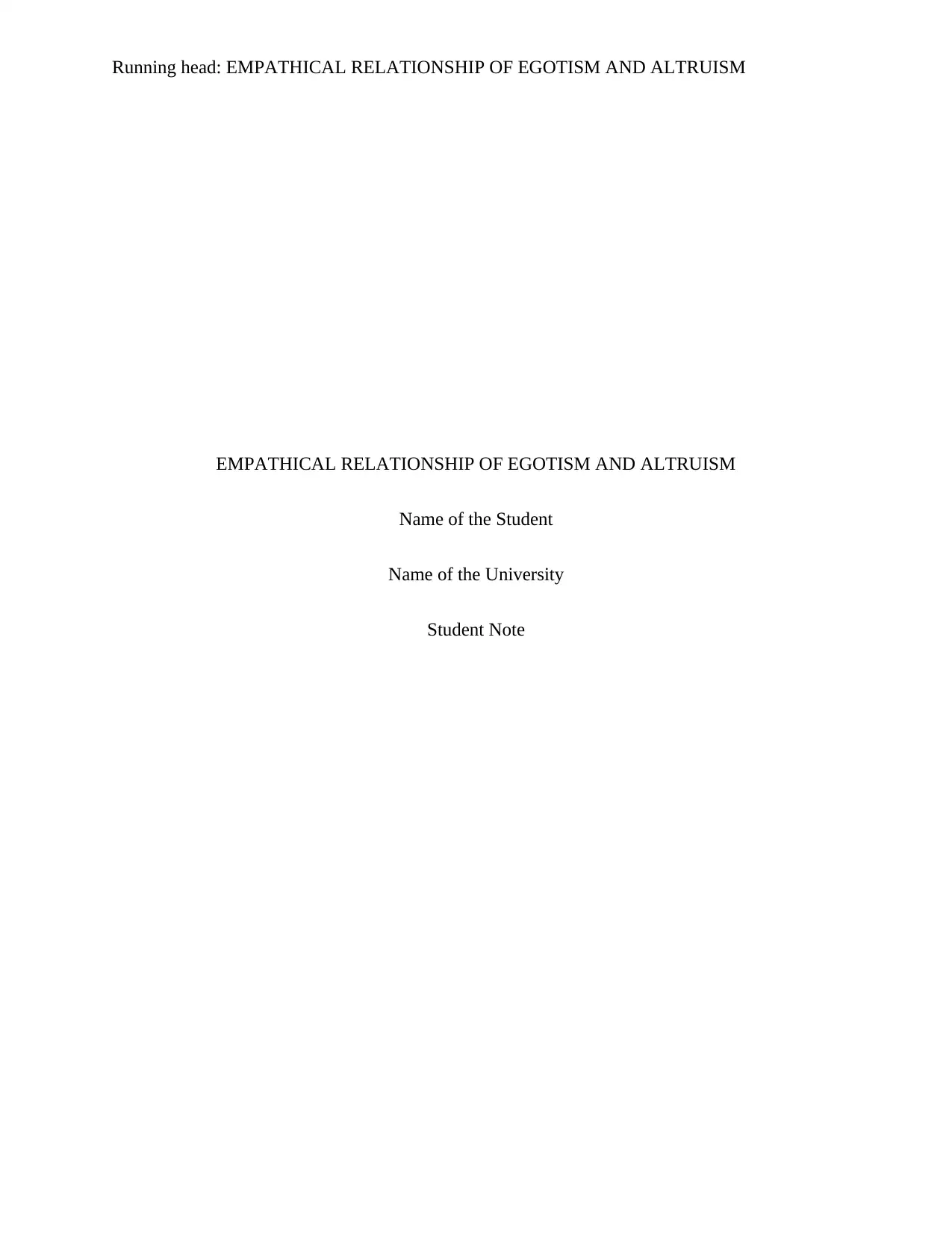
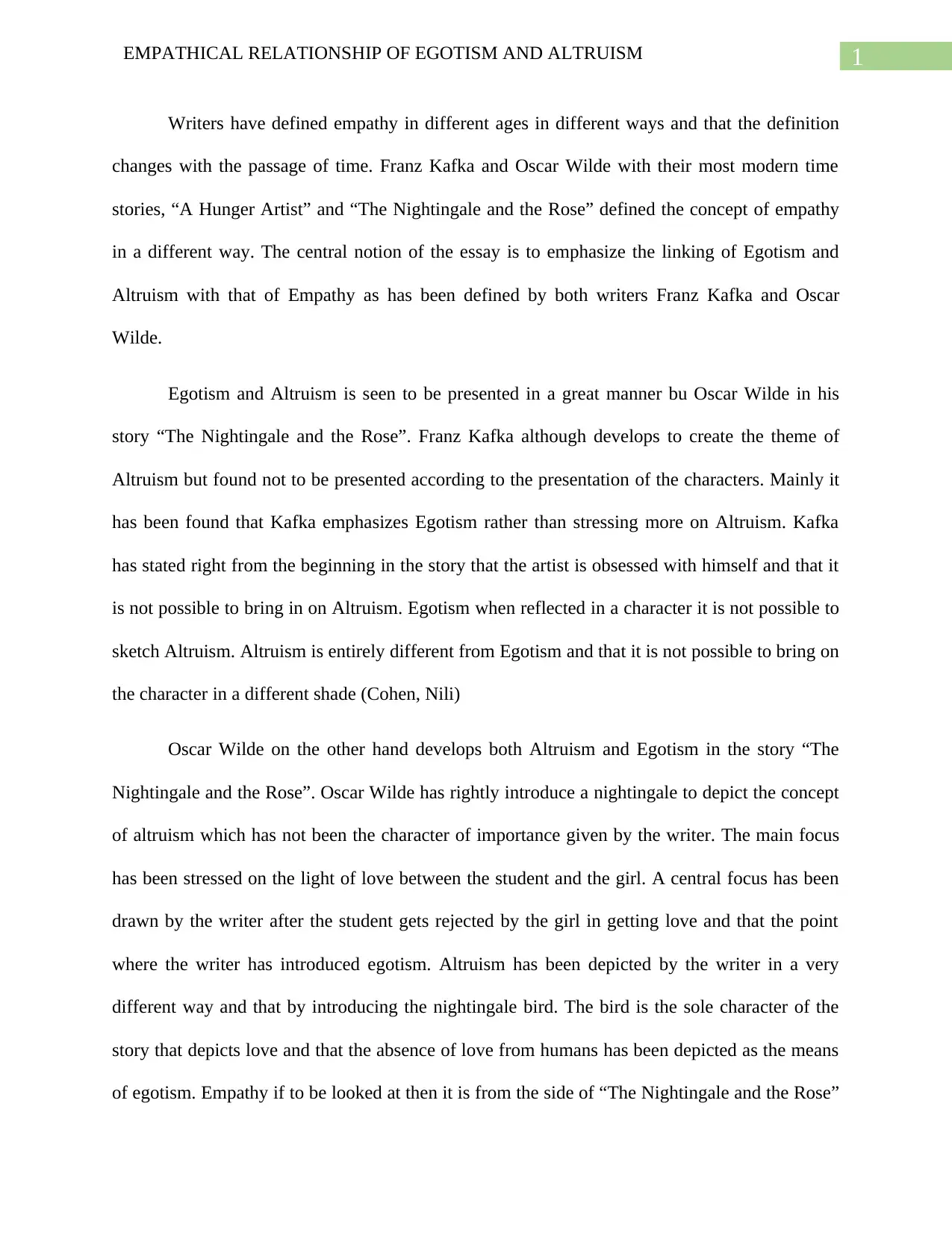
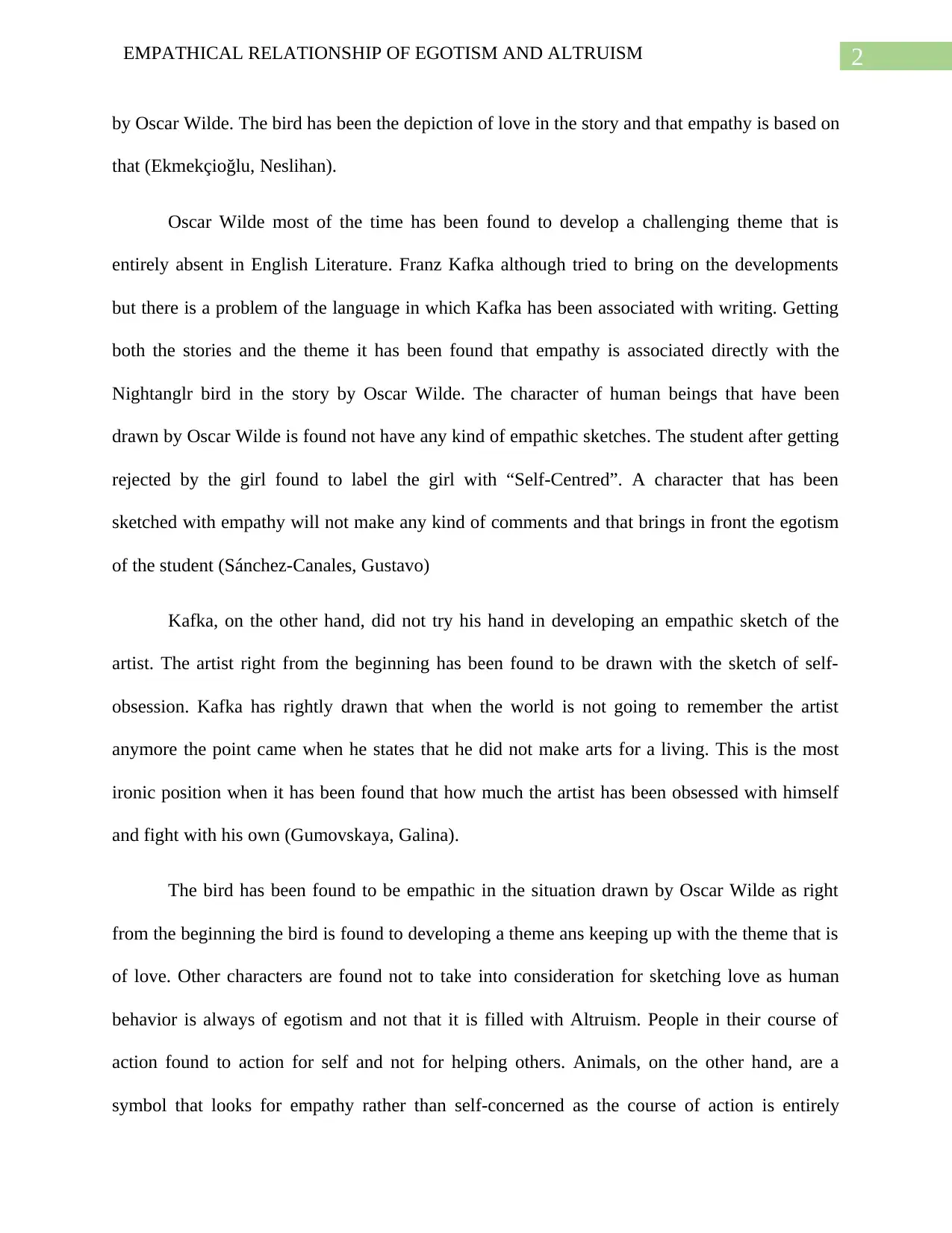

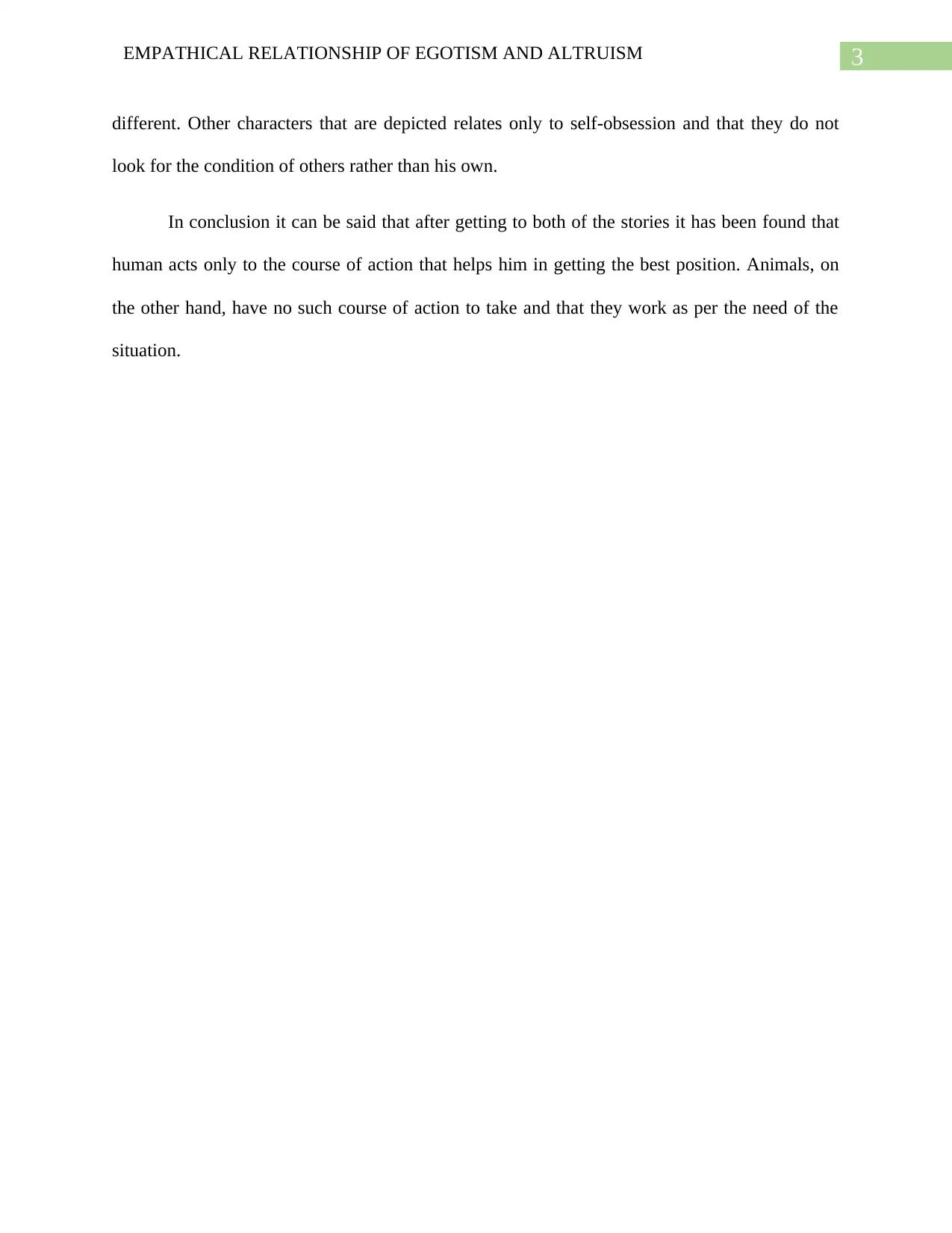
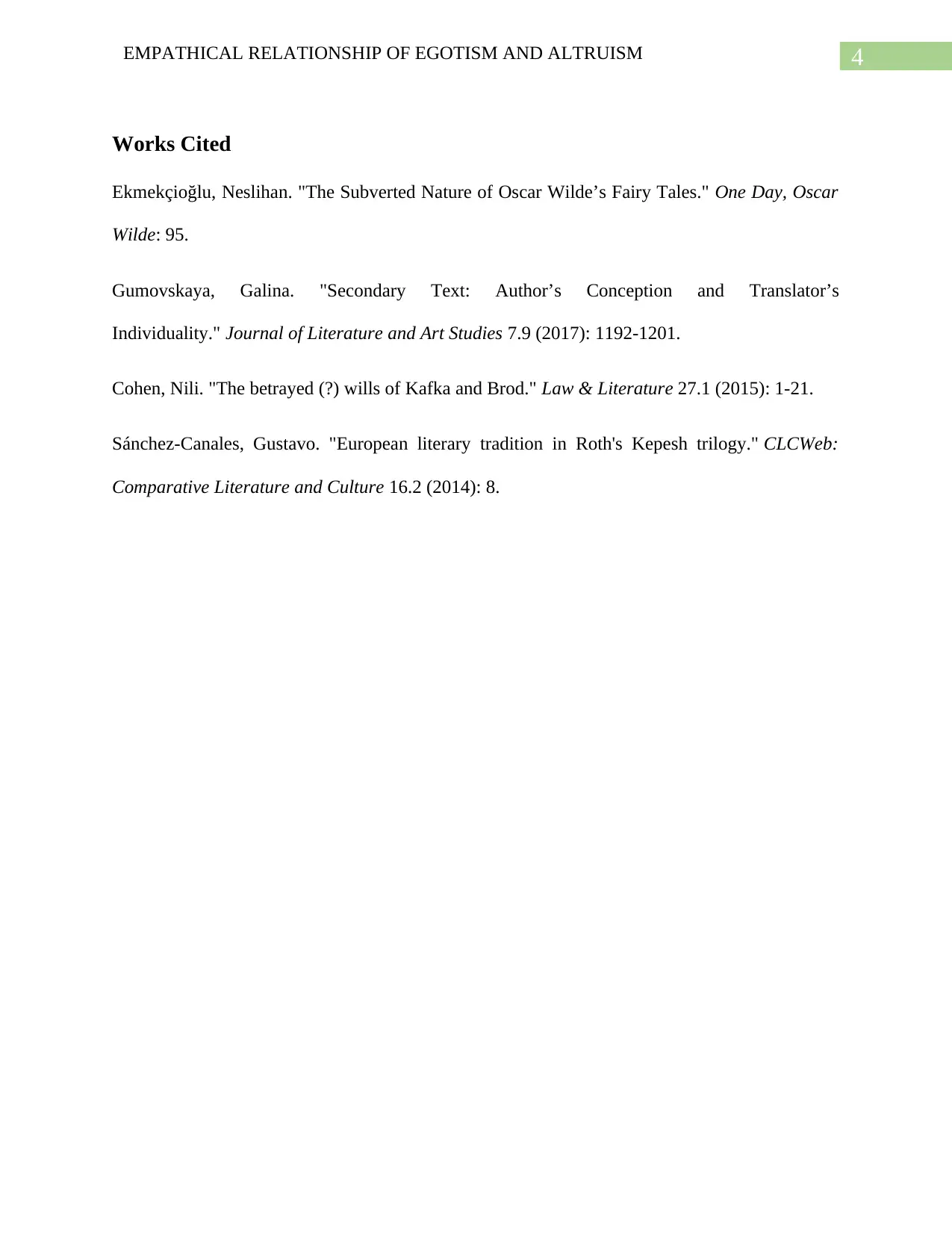

![[object Object]](/_next/static/media/star-bottom.7253800d.svg)